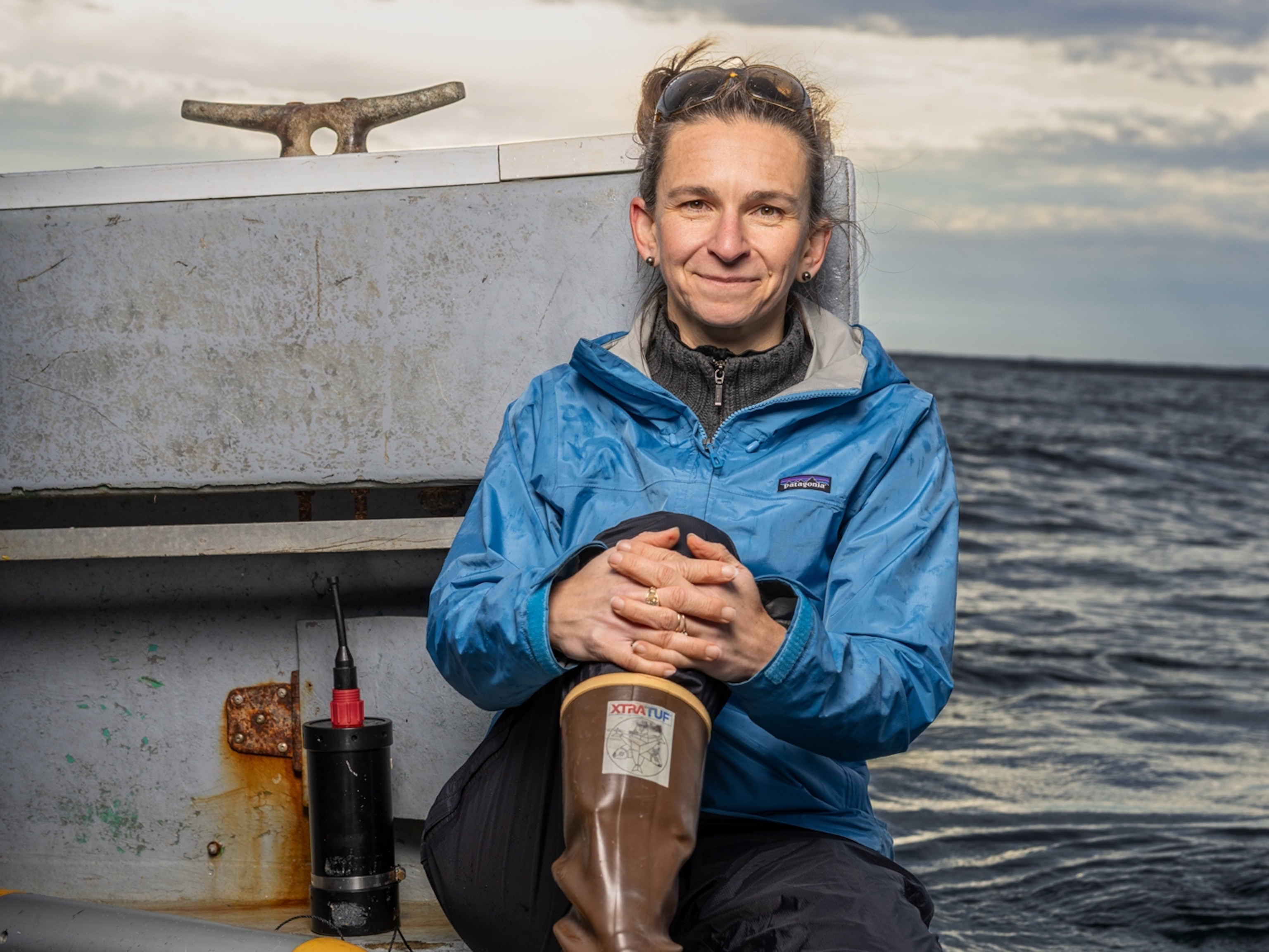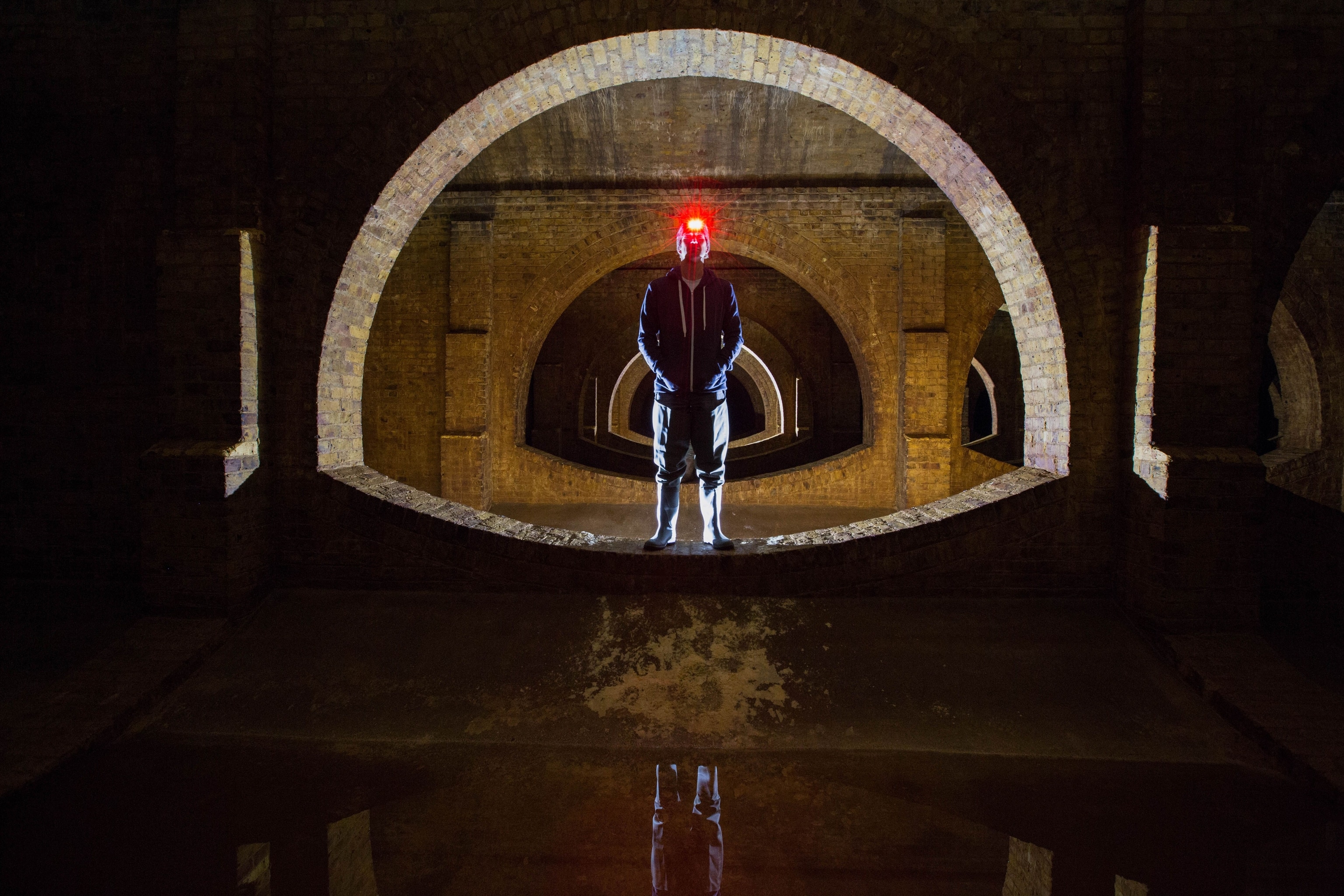
What Robert Macfarlane learned in the 'Underland'
The British author’s latest book takes an atmospheric deep-dive into our complex relationship with the worlds beneath our feet.
“Into the underland we have long placed that which we fear and wish to lose, and that which we love and wish to save.” So writes Robert Macfarlane in his new book Underland: A Deep Time Journey, a physical and conceptual exploration of what lies beneath, and humankind’s contradictory relationships with it—from using it as a place to put our dead, to a hiding place for our most shameful and enduring creations.
This wide-traveling book explores how humans have coveted, plundered and utilized our underground worlds—using them, as Macfarlane puts it, as places to "shelter," that "yield," and into which we "dispose." To this end, he visits underground bunkers, nuclear waste containment facilities, burial chambers, off-limits Parisian catacombs walled with the bones of the centuries-dead, and Greenland glacial crevasses in the search for what the past, present and—critically—the future interpretations of our underground places will be.
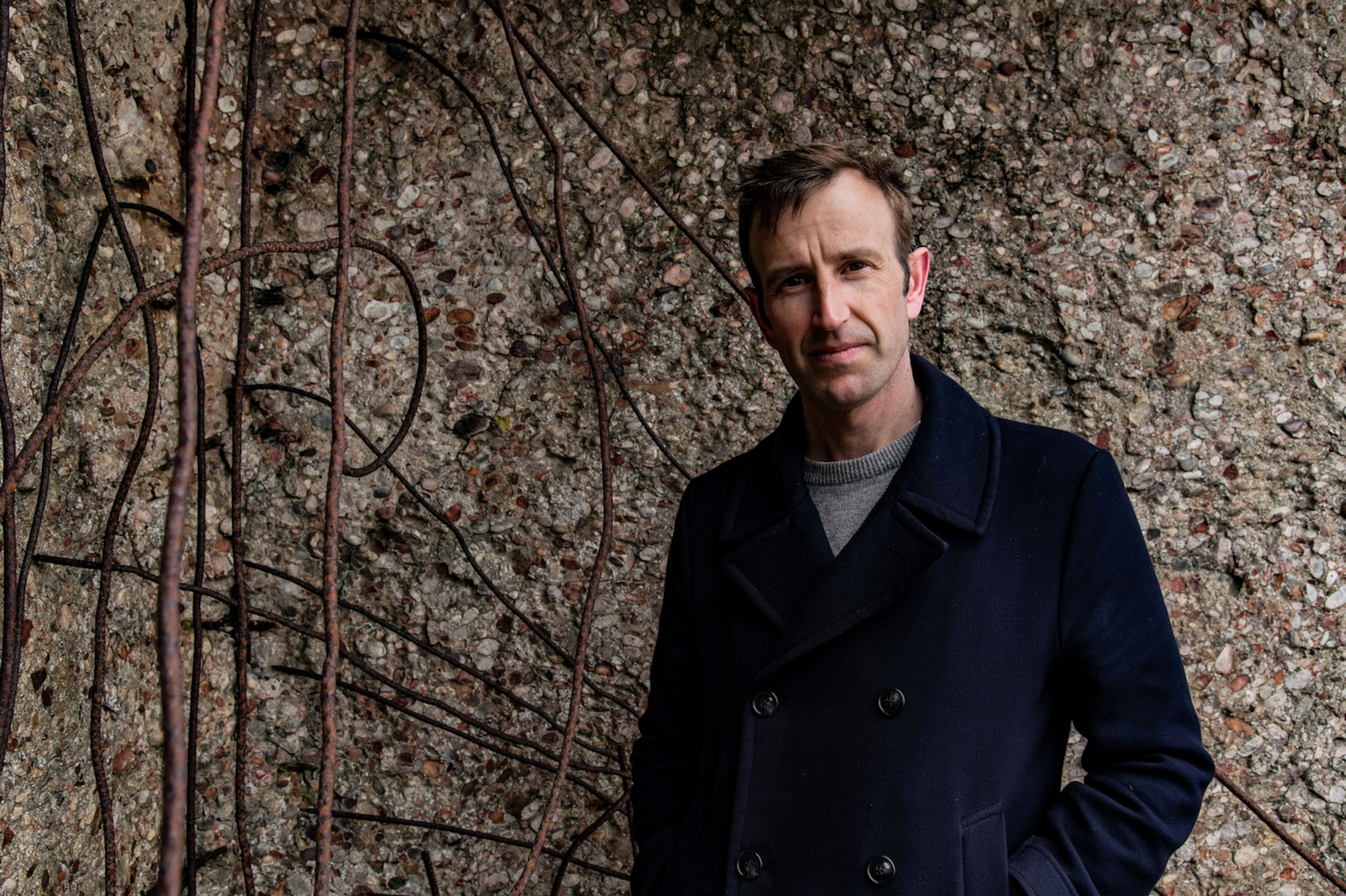
Underland marks a downward-spiralling subject-matter endgame for Cambridge, U.K.-based Macfarlane. Three of his previous books—Mountains of the Mind, The Wild Places and The Old Ways—have followed a descending trajectory from height-bound summits, through myriad definitions of British wildernesses, and along layers of trackways defined and trodden by generations of ancestors. Most human journeys stop at ground level, or take to the air or sea. But as Macfarlane notes, while our vision upwards extends back in time and offers detailed views of galaxies we are unlikely to ever reach, our downward view is rather briefer, less travelled and much less-regarded. "Look down and your sight stops at topsoil, tarmac, toe.’"
He spoke to National Geographic (U.K.) about the dark landscapes—both physical and metaphorical—of Underland.
During your explorations for Underland, what was the conclusion you took away about our relationship with the subterranean world?
Two conclusions. The first, that the underland is where we have always placed both that which we fear and wish to dispose of forever—waste, trauma, the unwanted dead—and that which we love and wish to save forever: cave art, memories, precious matter, data, the much-loved dead. The second conclusion is that for as long as we have been human—longer, even—we have been making journeys down into darkness to find and to make meaning. The earliest known hand-stencil in Europe has recently been dated to around 65,000 years, on a Spanish cave wall; that's around 20,000 years before Homo sapiens is thought to have reached western Europe. Neanderthal artists left that art.
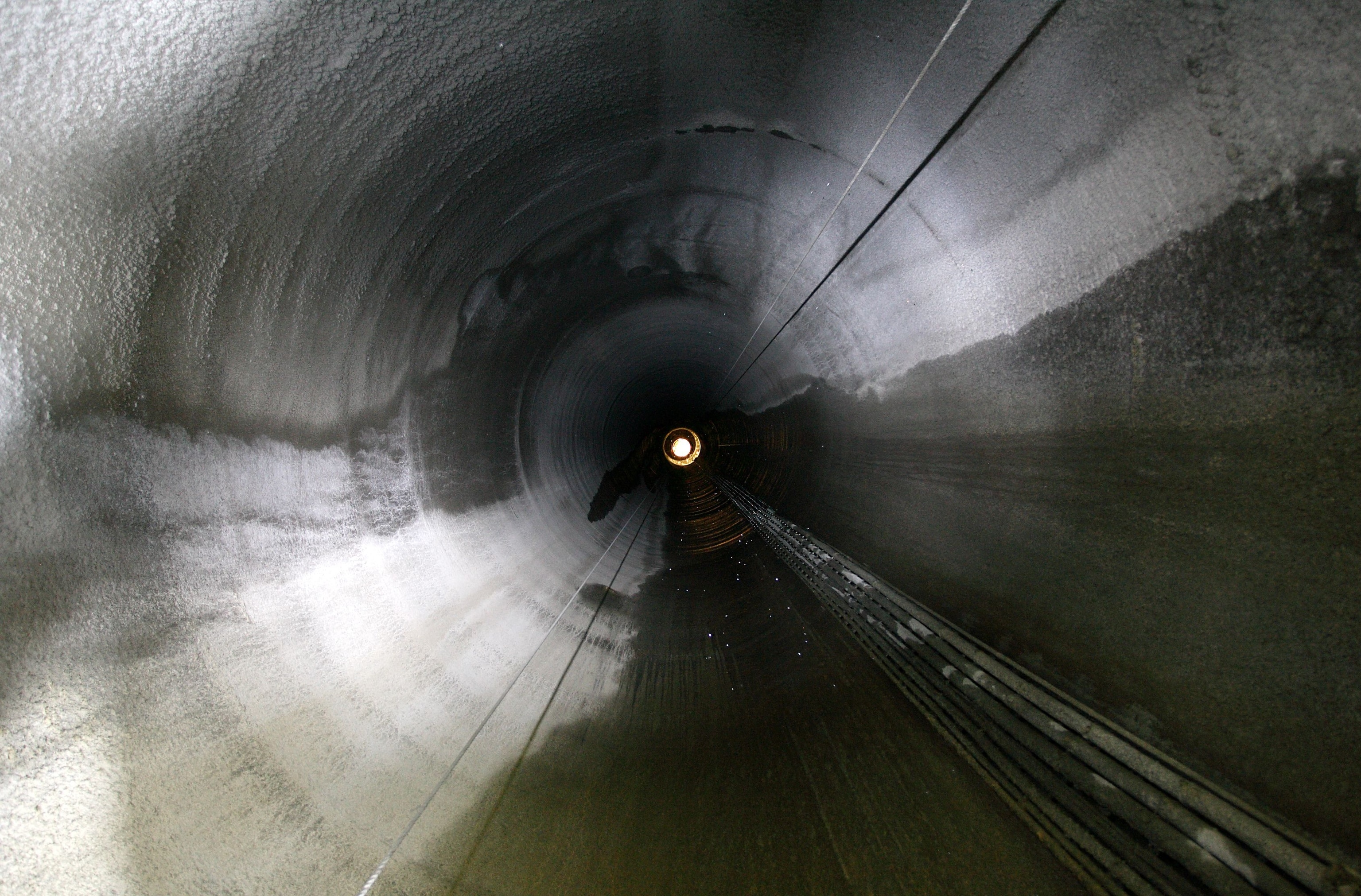
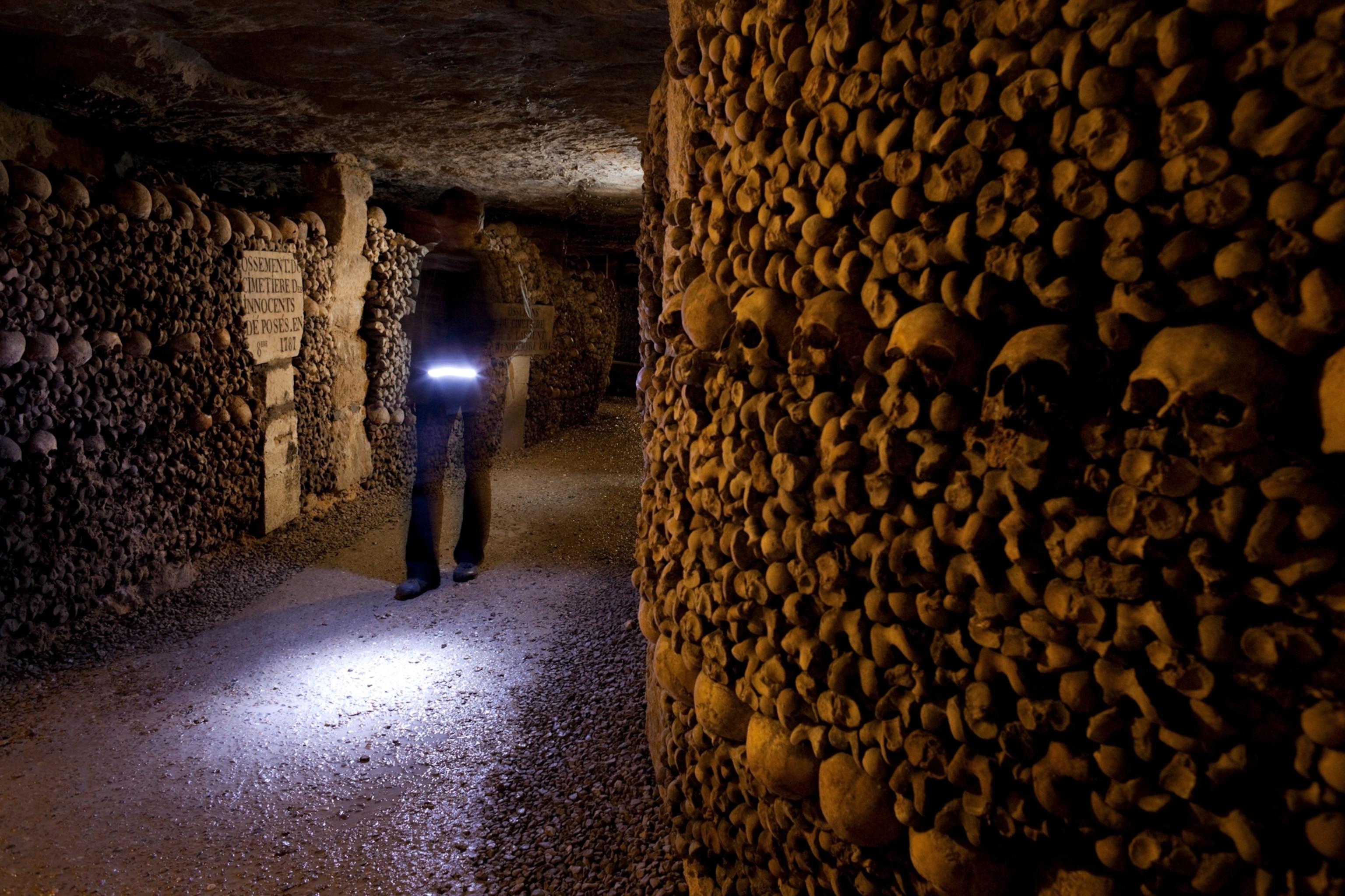
You reference the concept of the "Anthropocene" several times in the book: describe the relationship the surface-dwellers of our age have with the underland.
"The Anthropocene" is the name increasingly (and controversially) given to the current epoch of Earth history, in recognition of the planet-shaping consequences of human activity—from soil erosion to melting ice-caps, to mass extinction to the dispersal of radionuclides. All of these activities will leave their traces in the future strata of the rock record; they are our legible legacy, and one of the ethical-political questions at the heart of Underland concerns the idea of legacy. What inheritance are we leaving for generations to come? How will the future imagine us? "Are we being good ancestors?", to borrow Jonas Salk's challenging question.
I also became keenly aware of the ways in which the underland is surfacing at present, rapidly, uncannily and often calamitously. Melting permafrost is yielding 50,000-year-old wolf pups, almost perfectly preserved, but also anthrax spores, and vast reservoirs of ancient methane. Melting glaciers are causing the bodies of dead mountaineers to emerge from the ice on Everest, and the bodies of soldiers killed in the Great War to emerge from seracs in the Italian ranges. Spring bulbs push up into flower days and weeks earlier than a century ago. A vast melt-void has been found at the heart of the Thwaites Glacier in Antarctica. In many ways and in many places, the underland is suddenly rising up to meet us, and things we thought would stay buried are returning to the upper world.
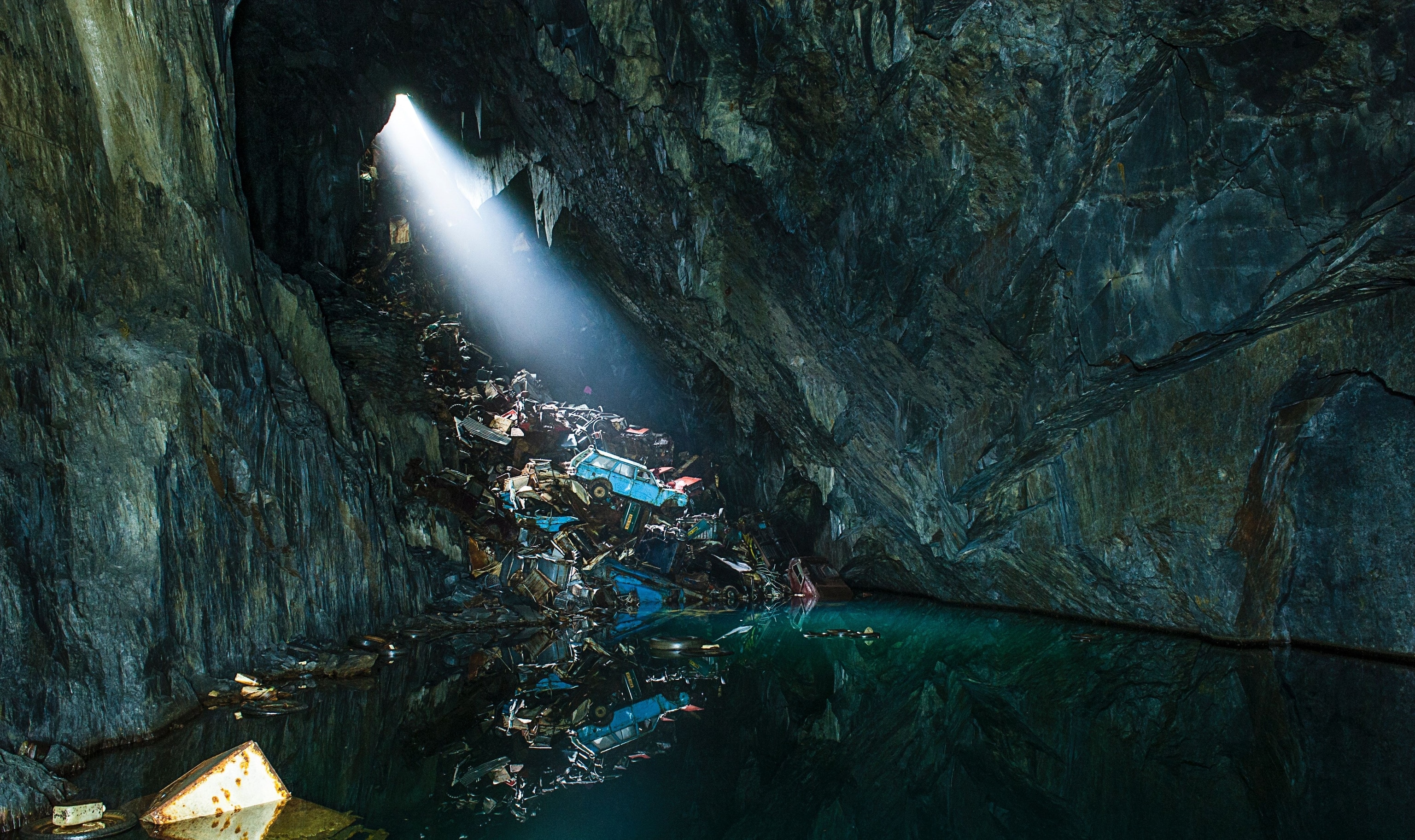
As someone with a love for high places, describe the experience of going deep underground instead of ascending over it...
A great question. I wrote my first book, Mountains of the Mind, about why people are drawn to the summits of mountains, sometimes at risk of their own lives. Over fifteen years and six books I've moved steadily downwards, and now find myself answering the opposite question: why go low? "The descent beckons / as the ascent beckoned" wrote William Carlos Williams in a late poem, and I do feel that beckoning now. People think about the underworld as a place of confinement and blindness, but more often I found it to be a realm of revelation and insight: seeing in the dark. Physicists studying the mysterious dark matter formed at the birth of the universe do so in laboratories sunk up to a mile below-ground, because there they are shielded from the 'noise' and 'fog' of the above-ground atomic world, and stand a better chance of observing a substance that declines all relationship with light—our usual means of seeing).
I was astonished, too, to find my way into an understanding of the "wood wide web," the mycorrhizal fungal network of fabulous complexity that extends through the soil, joining tree to tree in almost any forest or city park, allowing individual trees to move resources or even signals between themselves, in a kind of arboreal social network. The underland keeps its secrets fantastically well; the "wood wide web" has been functioning for more than 400 million years, but it's only in the last twenty or so that modern science has begun to perceive its existence—though of course to many indigenous cultures it has long been self-evident that trees communicate and that forests might be imagined as sentient. So I have come to love exploring the darkness of the underland as well as the light of high mountains, for the illuminations that both hold.
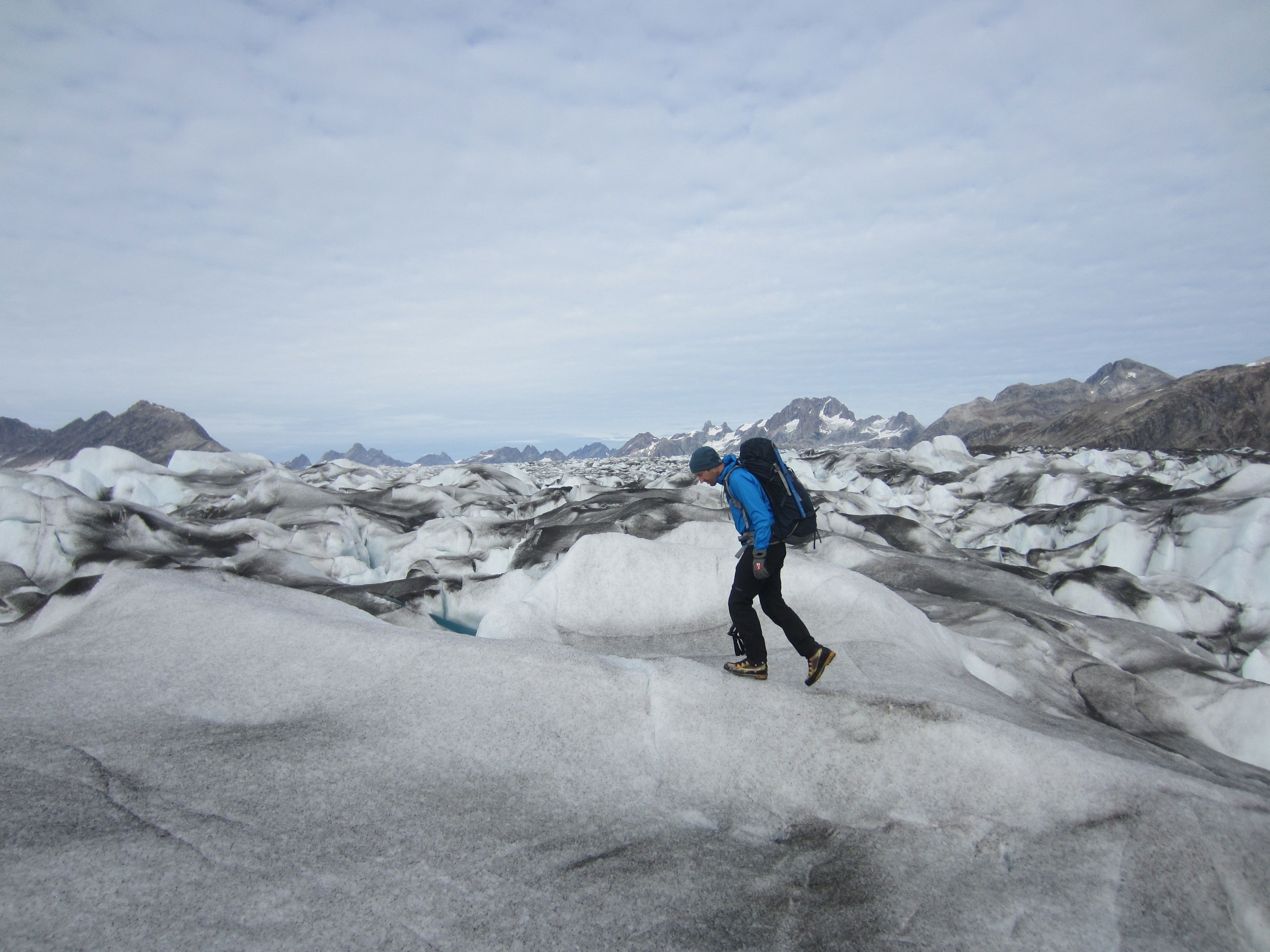
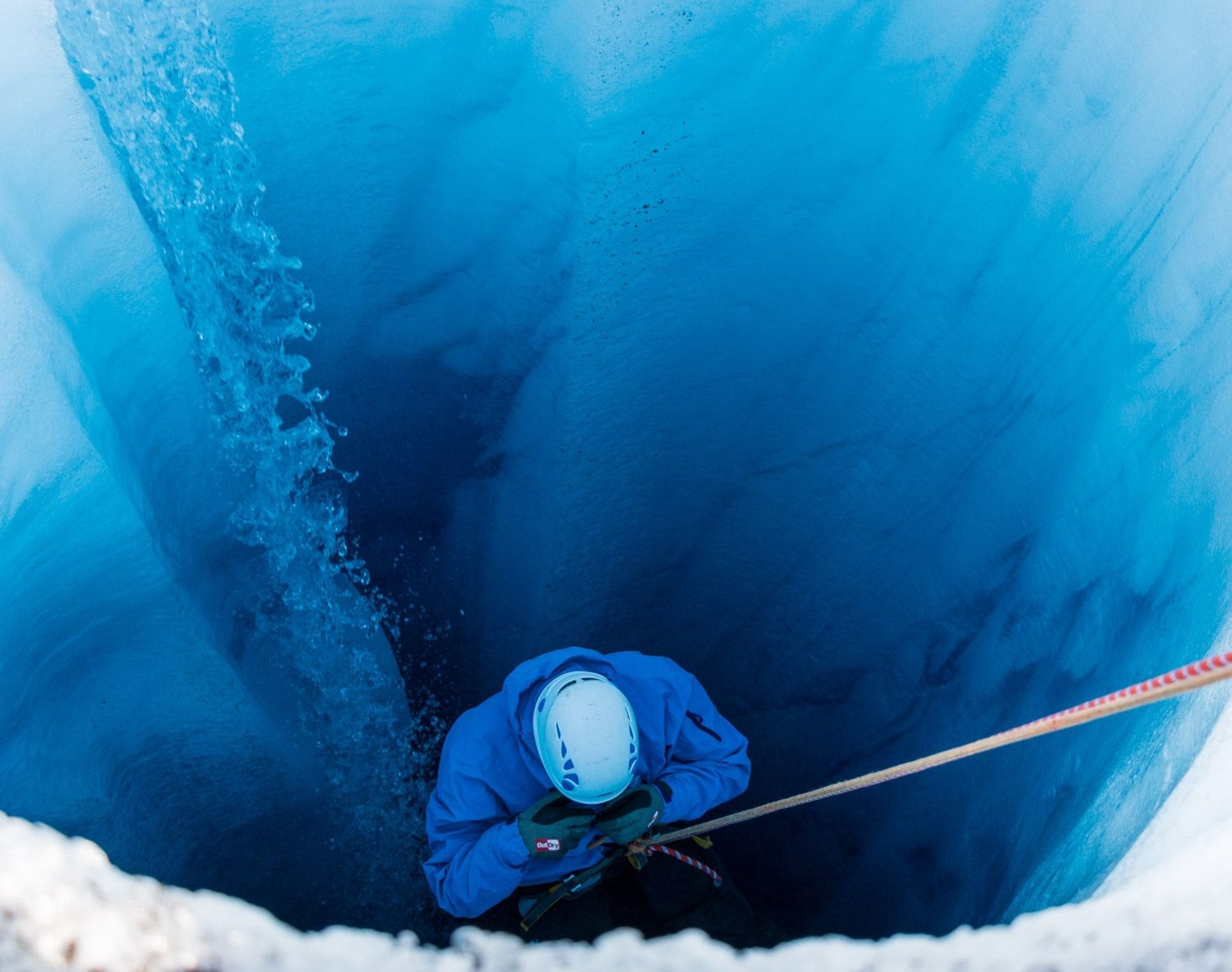
Was there somewhere you went you would love to return to again?
The Loften Islands in Arctic Norway, in winter, where Bronze Age people made cave art in exceptionally wild and arduous locations.
What’s your strongest place-memory?
A burial chamber sunk far beneath the coastline of the Gulf of Bothnia in Finland, where we are depositing the worst matter we have made—high-level nuclear waste—in a tomb designed to last for 100,000 years.
Where didn’t you get to go, but wanted to?
I would have loved to have spent several weeks on the Indonesian archipelago with a young ethnographer and geographer called Adam Bobbette, whose work concerns the different cultural attitudes to volcanoes and vulcanicity—from seismographers to shamans to pirate radio stations that broadcast from the slopes of Mt Merapi. I'm fascinated by the ways we use the underland to predict the future; a delving-down as a looking-forwards. The same dynamic is present in ice-core science, where ancient climate archive is brought to the surface to help us understand the climate-futures we are presently making for ourselves. I'd also like to have got to Darvaza in Turkmenistan, known as "The Gates of Hell," where a 230-foot-wide crater collapsed during Russian drilling operations in 1971. The decision was taken to ignite the natural gas that billowed out of the crater, assuming it would burn off rapidly. Nearly half a century on, and it's still blazing. People come now to camp near this vast, luminous hell-mouth; what a resonant Anthropocene landmark this is.
I had to crawl through a partially collapsed quarry-tunnel so narrow that I had to turn my skull sideways to proceed
How counter-intuitive was this journey versus your instincts—were you ever uncomfortable or frightened?
Yes, often. The underland is aversive; the brain screams "don't enter" when it sees an entry-point to what lies beneath. Claustrophobia seems one of the most hard-wired of phobias; buried deep in the amygdala. In the catacomb labyrinth of Paris, which extends for almost two hundred miles beneath the "City of Light," I had to crawl through a partially collapsed quarry-tunnel so narrow that I had to turn my skull sideways to proceed, one cheek pressed to the roof, the other pressed to the floor. Then the rock around me began to rumble and vibrate—we were underneath a Metro line, and a train was coming over us. We emerged at the far end of the tunnel and found ourselves soon in a party-room, where I was handed a shot-glass of vodka by a stranger dressed as Indiana Jones while a speaker-system played The Jam's Going Underground. The other fear I felt was much more planetary—a profound sense of the accelerating environmental and humanitarian crisis of the Anthropocene. This, too, I began to experience as a kind of claustrophobia; the narrowing-down of options and possibilities, a running-out of time and space, a sense of being, well, stuck.
You describe Underland as a "deep time journey." For you this book took longer than planned, too…
Underland is the strangest, deepest, darkest book I've ever written. It covers a time-span of around 4.6 billion years—the "deep time journey" of the subtitle. The places I reached were often hard to get to physically, but also legally or logistically. So for all these reasons it took almost a decade, from the very first notes made in the spring and summer of 2010, when it was hard not to think of the underland. The Icelandic volcano Eyjafjallajökull [was erupting], thirty-three Chilean miners were saved from far beneath the Atacama Desert, and the Deepwater Horizon blow-out occurred. I wrote the final pages as the Thai footballers and their coach were first trapped by and then freed from their flooded labyrinth, deep inside a mountain: another underland myth in the making.
This story was adapted from the National Geographic U.K. website.






